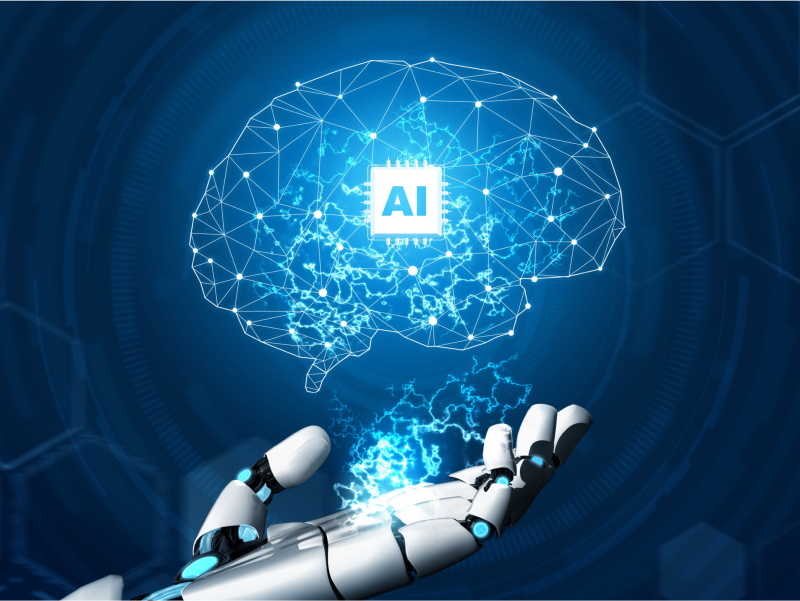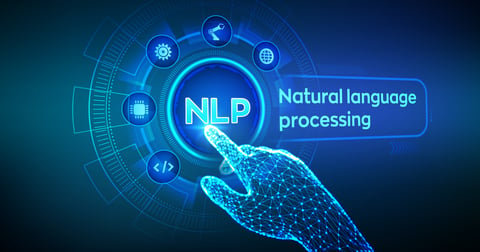Generative AI : Redefining Digital Creativity
Part 2
TECHNOLOGY
Arjun Prabhakar
10/27/20243 min read


Generative adversarial networks (GAN) represent a sophisticated class of AI algorithms utilized in ML, characterized by their unique structure comprising two competing NNs: the generator and the discriminator. The generator is responsible for creating data that is indistinguishable from authentic data, while the discriminator assesses whether the generated data is real or fabricated. This adversarial process, akin to a teacher-student dynamic, continuously enhances the accuracy of the generated outputs. The training involves the discriminator learning to better differentiate between real and generated data, while the generator endeavors to produce increasingly convincing data, thereby improving its ability to deceive the discriminator. GANs are particularly renowned for their applications in image generation, video creation, and voice synthesis, where they can produce highly realistic outputs.
Natural language processing (NLP) is an advanced domain of AI that centers on the interaction between computers and humans through natural language. The objective of NLP is to read, decipher, understand, and interpret human languages in a meaningful manner. It encompasses several disciplines, including computer science and computational linguistics, to bridge the gap between human communication and computer comprehension. Key techniques in NLP include syntax tree parsing, entity recognition, and sentiment analysis, among others. These techniques assist computers in processing and analyzing substantial amounts of natural language data. NLP is employed in various applications, such as automated chatbots, translation services, email filtering, and voice-activated global positioning systems (GPS). Each application necessitates the computer's understanding of the input provided by humans, processing that data meaningfully, and, if required, responding in a language comprehensible to humans.
Transformers signify a notable advancement in deep learning, particularly within the realm of NLP. Introduced by Google researchers in the seminal 2017 paper "Attention is All You Need," transformers utilize a mechanism known as self-attention to assess the significance of each word in a sentence, irrespective of its position. Unlike previous models that processed data sequentially, transformers process all words or tokens in parallel, significantly enhancing efficiency and performance on tasks that necessitate understanding context over extended distances within text. This architecture entirely avoids recurrence and convolutions, relying instead on stacked self-attention and point-wise, fully connected layers for both the encoder and decoder components. This design facilitates more scalable learning and has been fundamental in developing models that achieve state-of-the-art results across a variety of NLP tasks, including machine translation, text summarization, and sentiment analysis. The transformer's capacity to manage sequential data extends beyond text, rendering it versatile in other domains such as image processing and even music generation.
Generative pre-trained transformers (GPT) are state-of-the-art language models developed by OpenAI that employ DL techniques, specifically transformer architecture, for natural language understanding and generation. These models are initially pre-trained on a diverse array of internet text to cultivate a broad understanding of language structure and context. The pre-training involves unsupervised learning, wherein the model predicts the subsequent word in a sentence without human-labeled corrections. This process enables GPT models to generate coherent and contextually appropriate text sequences based on the prompts provided. Once pre-trained, GPT models can be fine-tuned for specific tasks such as translation, question-answering, and summarization, thereby enhancing their applicability across various domains. Their capability to generate human-like text and perform language-based tasks has significant implications across fields such as AI-assisted writing, conversational agents, and automated content creation. Each successive version of GPT has been larger and more complex, with GPT-4, the latest iteration, encompassing 175 billion parameters, which markedly advances its learning and generative capabilities.
Tokenization, Word2vec, and BERT are essential components in NLP. Tokenization involves dividing text into smaller units known as tokens, which can be words, characters, or subwords. This step is vital for preparing text for processing with various NLP models, as it standardizes the initial input into manageable segments for algorithms to process. Word2vec, developed by researchers at Google, is a technique that embeds words into numerical vectors using shallow, two-layer NNs. The models are trained to reconstruct the linguistic contexts of words, thereby capturing the relationships and multiple degrees of similarity among them. Meanwhile, Bidirectional Encoder Representations from Transformers (BERT) signifies a significant advancement in pre-training language representations. Also developed by Google, BERT incorporates a transformer architecture that processes words with all other words in a sentence, rather than sequentially. This allows BERT to capture the full context of a word based on its surroundings, leading to a deeper understanding of language nuances. BERT's ability to handle context from both directions renders it exceptionally powerful for tasks where context is crucial, such as question answering and sentiment analysis.
In conclusion, this reading has provided an examination of the foundational concepts of generative AI. I have tried to shed some light about ML, DL, and NLP, and explored their roles and applications across various industries. Additionally, you have delved into emerging advancements such as GANs, transformers, and GPT, recognizing their pivotal role in generating innovative content. A comprehensive understanding of these foundational terms in generative AI not only enriches discussions among technology enthusiasts but also empowers professionals to effectively leverage this technology across various industries.




